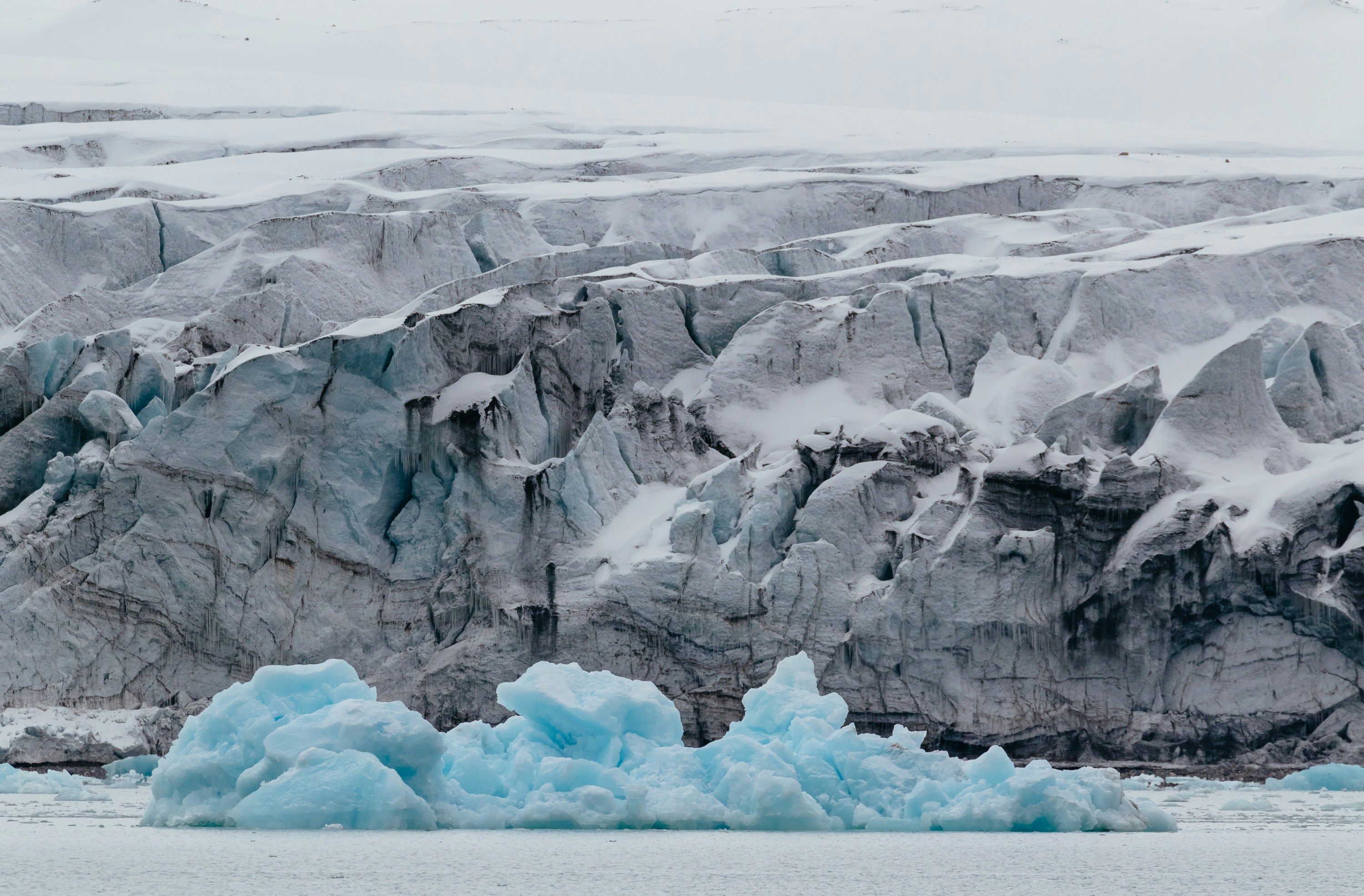Have you ever wondered why some people willingly jump into icy cold water? This seemingly peculiar behavior is known as cold plunging, a practice that has been gaining popularity due to its supposed health benefits. But what exactly happens in your body when you take a cold plunge, and why do some enthusiasts claim it can lead to feelings of euphoria? Let’s unravel the science behind cold plunging and discover how it interacts with endorphins to potentially boost your mood.
Understanding Cold Plunging
Cold plunging, as the name suggests, involves immersing yourself in cold water, typically in temperatures lower than 60°F (15°C). This can be done in natural bodies of water such as lakes or rivers, or by using purpose-built ice baths or tubs. But what motivates someone to embrace the cold in such an extreme way?
The Practice of Cold Plunging
People have been cold plunging for centuries across various cultures. From ancient Romans who used frigidarium baths to Finnish saunas followed by a dip in icy lakes, the practice has a rich history. Its therapeutic applications were recognized even then, hinting at its lasting appeal and effectiveness.
The Methods Behind the Madness
Modern cold plunging can be done in various ways, from the simple act of taking a cold shower to immersing yourself in an ice bath or a chilled body of water. Whether it’s the invigorating jolt or the calm focus that follows, different methods offer slight variations in experiences and benefits.
The Science Behind Cold Plunging
So, what’s happening to your body when you take that icy dive? The immediate cold exposure triggers a host of physiological responses, many of which are linked to survival instincts deeply wired in your brain.
The Body’s Response to Cold
When submerged in cold water, your body responds with vasoconstriction, a process where blood vessels narrow, directing blood flow away from your skin to your core. This helps preserve your body’s core temperature and protect vital organs. As a result, your heart rate may increase and your breath may quicken.
Activation of the Sympathetic Nervous System
Cold exposure sparks the activation of the sympathetic nervous system, also known as the fight-or-flight response. This system plays a crucial role in how your body reacts to stress, preparing you to either confront or flee from a threat. This activation is part of why you may feel a rush of energy when exposed to the cold.
Cold Shock Proteins
Repeated cold exposure stimulates the production of cold shock proteins, which help your body adapt to stressors. These proteins assist in cellular repair and recovery, contributing to improved resilience against various kinds of stress, both physical and mental.
The Role of Endorphins
Often, cold plunging enthusiasts describe a sense of euphoria post-dip—a mood lifting experience that rivals a runner’s high. But what drives this feeling of elation? The answer lies in your body’s chemical responses, particularly the release of endorphins.
What Are Endorphins?
Endorphins are neurotransmitters that function essentially as your body’s natural painkillers. They are released in response to stress or discomfort, and one of their key roles is to alleviate pain and anxiety, promoting an overall sense of well-being.
Endorphins and Euphoria
When endorphins bind to receptors in your brain, they reduce your perception of pain. This is similar to how drugs like morphine work, but with one important difference: endorphins are healthier and natural. The surge of endorphins after a cold plunge can lead to heightened mood, decreased stress levels, and feelings of euphoria.
Comparison With Other Activities
| Activity | Typical Endorphin Release | Potential Mood Effects |
|---|---|---|
| Running (Runner’s High) | High | Elevated mood, euphoria |
| Yoga and Meditation | Moderate | Calmness, contentment |
| Cold Plunging | High | Euphoria, increased energy |
The Benefits of Cold Plunging
Aside from the exhilarating sense of euphoria, cold plunging presents several other potential health benefits. Although research is ongoing, many individuals report improvements in their physical and mental well-being.
Boosting Mental Health
Regular cold plunging can help boost mental health by reducing symptoms of anxiety and depression. The release of endorphins leads to enhanced well-being, while the act of overcoming the discomfort of cold water can build resilience and increase mental toughness.
Enhancing Physical Recovery
Athletes often use ice baths to accelerate muscle recovery after intense workouts. Cold exposure reduces inflammation and helps prevent muscle soreness, allowing for faster recovery and improved performance.
Strengthening the Immune System
Some studies suggest that regular cold exposure may bolster your immune system by increasing the production of white blood cells, which are critical in defending your body against illness.
Improving Circulation
Cold plunging induces vasoconstriction and, when followed by warming up, vasodilation. These processes can improve blood circulation, aiding overall cardiovascular health.
Safety Considerations
Though cold plunging has its benefits, it is not without risks, especially if you’re unprepared. Understanding how to safely practice cold plunging is crucial.
Recognizing the Risks
The most immediate risk is hypothermia, which can occur when your body loses heat faster than it can produce it. Additionally, individuals with heart conditions should be cautious, as cold exposure can increase blood pressure and heart rate.
Guidelines for Safe Practice
- Acclimatize Gradually: Start with cold showers before progressing to cold plunging.
- Limit Exposure Time: Begin with short bursts of cold immersion and gradually increase as your body acclimates.
- Monitor Your Body: Listen to your body’s signals of discomfort and hypothermia, such as shivering or numbness.
- Consult a Doctor: If you have underlying health conditions, consult with a healthcare professional to ensure cold plunging is safe for you.
Structuring a Cold Plunge Routine
Developing a routine can help you acclimate to cold water and reap the benefits safely and effectively. Think of it as a workout for your mind and body, a chance to test and expand your limits.
Starting With Cold Showers
If you’re a beginner, start with cold showers to help your body slowly acclimate to cold temperatures. Begin with tepid water and ease into colder temperatures as you grow more comfortable.
Progressing to Cold Plunges
Once you feel ready, progress to full cold plunges. These can be done in natural bodies of water or using a cold bath at home. Aim for one to three minutes initially, and adjust the duration as your tolerance improves.
Creating a Balanced Routine
Balance your cold plunging practice with warming activities like stretching, hot baths, or sauna sessions. Ensure that you warm up thoroughly afterward to bring your body back to its normal temperature.

The Psychological Edge
Beyond the physical benefits, cold plunging can provide you with a psychological edge. The willingness to withstand discomfort builds character and resilience, traits that can positively impact other areas of your life.
Building Mental Toughness
Embracing cold water requires overcoming instinctive resistance. By conquering the urge to avoid discomfort, you develop mental toughness, strengthening your resolve for life’s other challenges.
Enhancing Focus and Discipline
The focus required to remain calm in cold water fosters discipline. This focus can transcend into your daily routine, improving concentration and productivity in other areas.
Cultivating Mindfulness
Cold plunging encourages mindfulness, as every breath and sensation is amplified in frigid water. This mindfulness can translate into a calmer and more present mental state, reducing stress and anxiety levels.
Conclusion
In the dance between discomfort and exhilaration, cold plunging offers a unique opportunity to push boundaries and unlock natural euphoria through endorphins. Though it may seem daunting, the careful practice of cold plunging can lead to numerous physical and mental health benefits. Whether you’re seeking a natural high, improved recovery, or a fortified mindset, the ancient yet invigorating art of cold plunging might just hold the key to unlocking euphoria. So, is it time for you to take the plunge into this chilly yet rewarding adventure?





